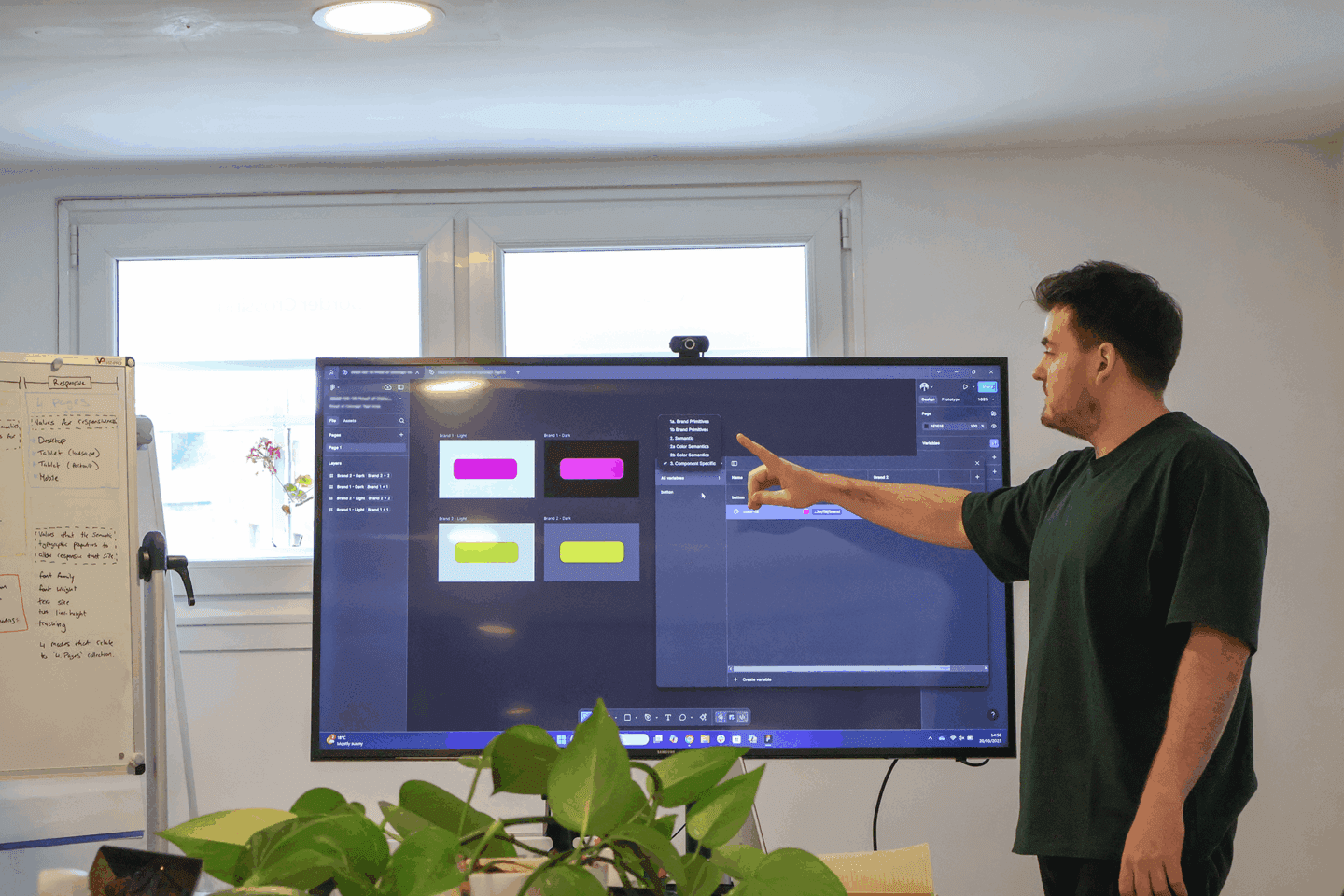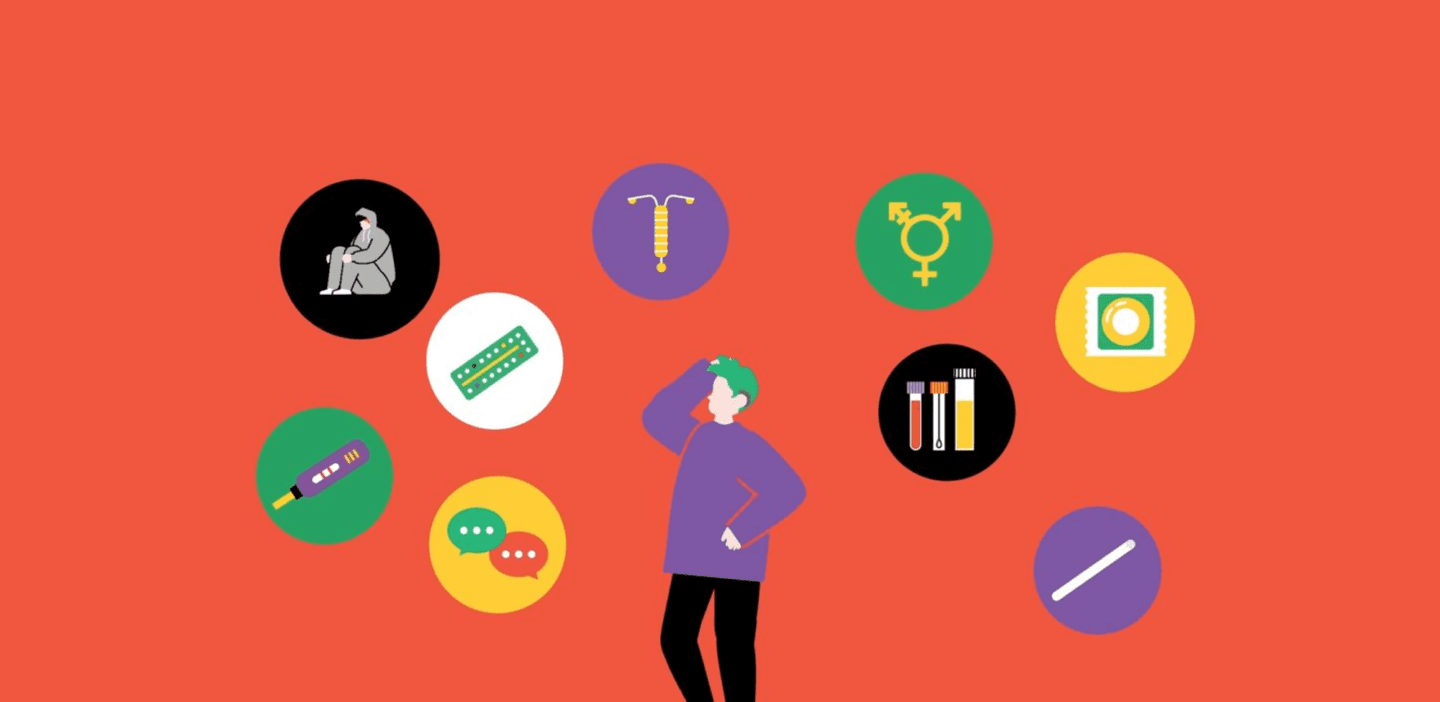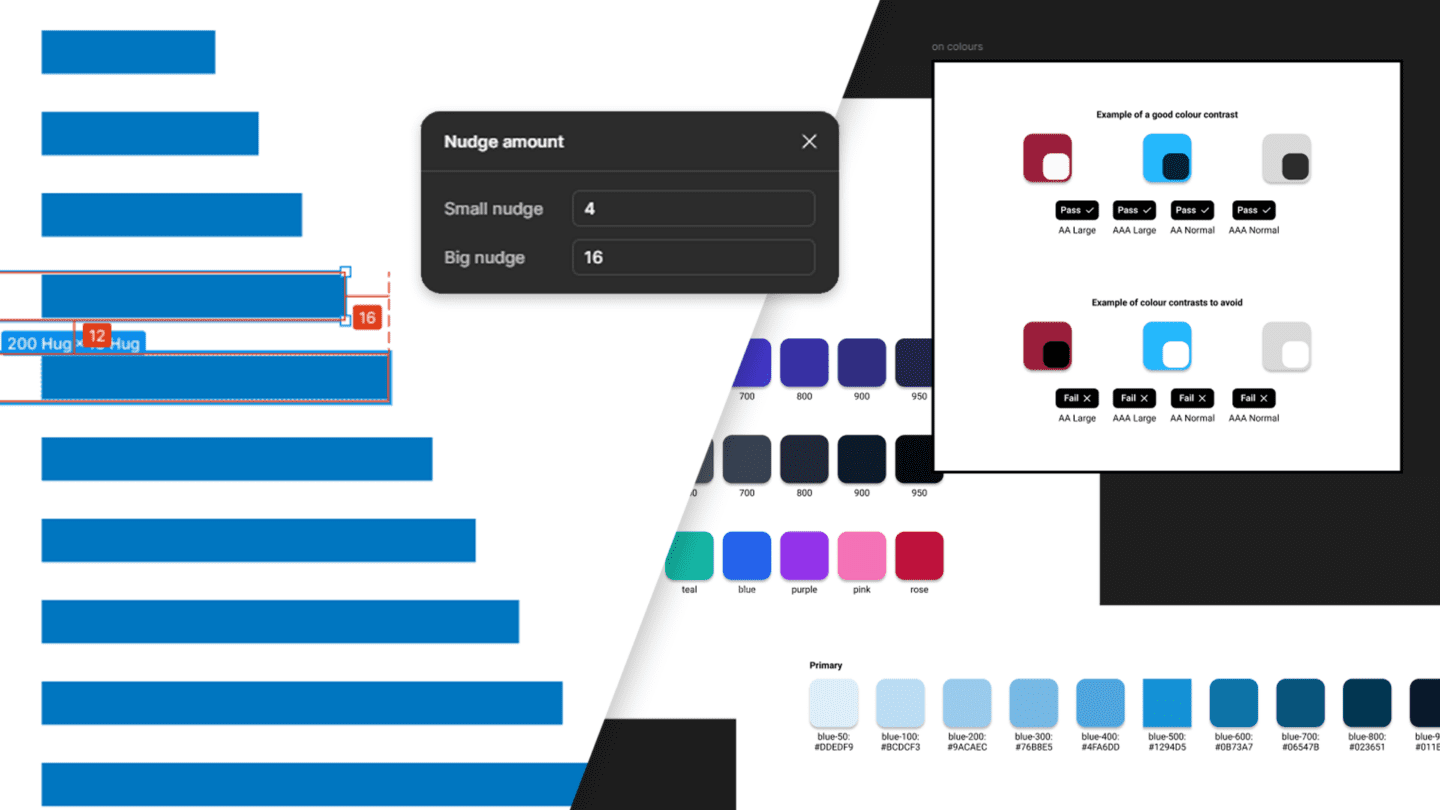I remember the first time I was introduced to user experience personas. It was a User Experience lecture at University, and we were looking into how to effectively represent the end-user. Before then, I had no understanding of who that user was or what their reasons were for using the product. So, I found myself designing things the way I wanted them to look and behave.
When I first learned about personas, I remember feeling sceptical. Seeing personas with names like ‘Engineering Eric’, ‘Marketing Mary’, and ‘Start-Up Sally’ felt a bit gimmicky next to their demographic information and hobbies. Admittedly, personas were something I couldn’t take seriously at first. But eventually I understood their importance in designing propositions that users want.
One size does not fit all

It was eventually through designing effective solutions for each persona that I noticed their impact on the quality of design. The key was to make goals and tasks simpler for your specific users which therefore become the best design. Each persona required varying solutions to the same problem. Because not everybody has the same ability, behaves the same way or responds to the same tone of voice.
Today’s consumers are increasingly expecting products, services, and information that cater to their needs and desires. The way to best address these requirements is using different personas.
What is a UX persona?
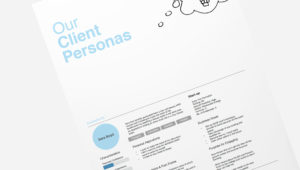
A user experience persona is a fictional character that represents the needs and constraints of a range of real users. It is essentially a design tool used to inform the design at the beginning of a process. Additionally, it can also be used to inform and validate design decisions in the later stages.
A persona, although fictional, should form a realistic picture of an end-user, their goals and their context of use. The description should primarily identify their needs, concerns, and goals. It can also be useful to have background information such as age, gender, behaviour, and occupation. The persona shouldn’t document every detail of that character but only focus on those factors that impact the design.
Why use user experience personas?

By attaching a face and humanising the end-user we become sympathetic towards them and their needs. This stops the temptation to design for everyone or yourself. It is important to create several personas which represent the different audience types for a product or service. This creates a rounded representation of your users which can then be used to focus or home in on the target users and what they want. These personas should guide decisions about the features, interactions, and visual design of a product or service.
Humans connect best with other humans, not facts and figures. And so, personas allow people to feel as if they really understand the end-user. Promoting empathy that empowers a designer to create a solution which will truly improve a user’s experience and outcome.
Types of persona?
Many types of persona are used in User Experience.
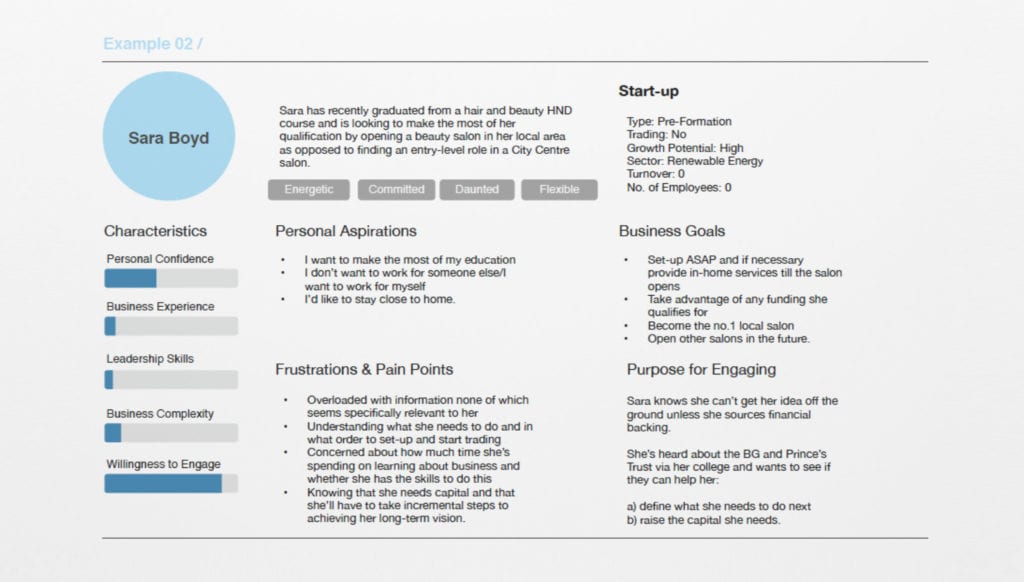
An accurate and realistic persona, known as a data-driven persona, is a key output from user research. Only after completing a number of effective research methods like surveys, interviews, ethnography studies, and other user research methods can you create a valid representation of the end user.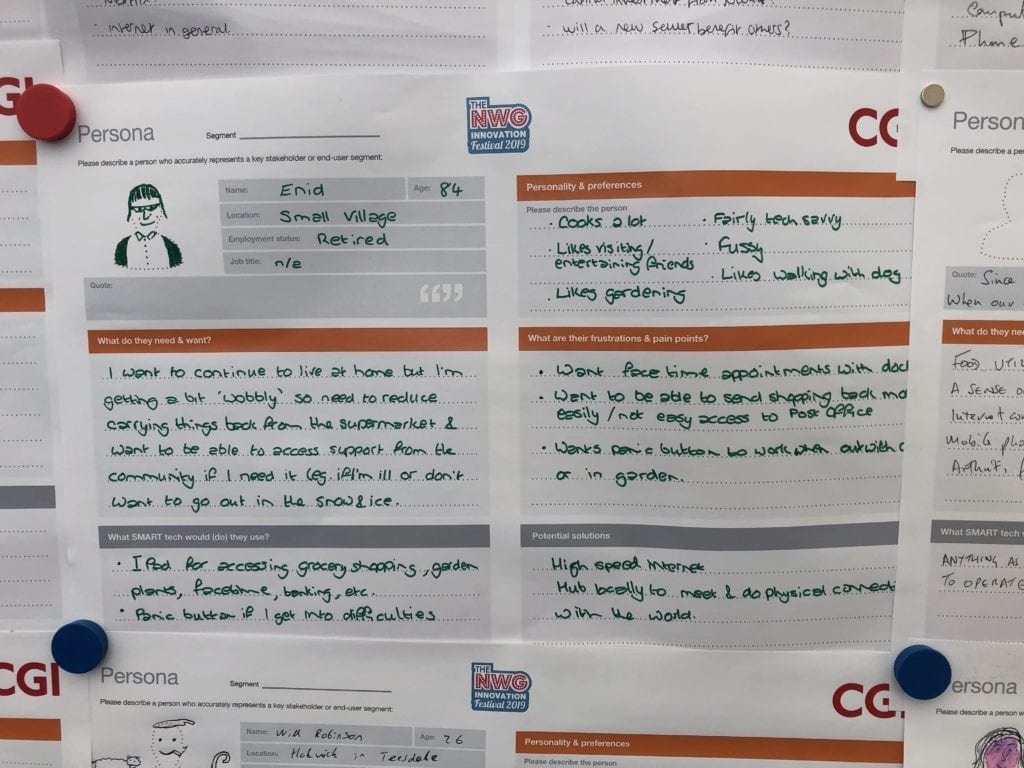
Proto-personas are based upon secondary research and the design teams educated guess of who they should be designing for. They provide a starting point from which to begin evaluating and creating some early design hypothesis. These can then be used to move on with a design if there is a lack of money to do research or to act as a way of confirming or correcting assumptions after interviewing or surveying actual users. Proto-personas are useful in the recruiting process for usability studies. They are refined and refactored when research progresses, and conflicts emerge between real users and the proto-personas.
How do you create user experience personas?
There is no concrete method to establishing a persona, it is however, important to include the goals, frustrations and values of each user type in relation to a product or service. The overarching key is to make it memorable!
- Persona Group (i.e. Marketer, Engineer, young adults etc.)
- Name
- Demographic Info (age, education, gender)
- Lifestyle
- Interests
- Values
- Attitudes
- Patterns of behaviour.
The goal of a persona is to create a realistic and believable representation of your end user. By achieving an accurate description of them you can understand what they require from a product or service. In turn, this lets you to begin to tackle those problems and cater to their needs.
However, it is important to avoid adding irrelevant or unrelated details that do not have any implications for the design (Note: these will be different in each project/scenario).
Here are some links to a couple of persona builders to get you going:
Benefits
Once a design is created, user experience personas can be used as a guide for expert reviews. For each top task, you may consider how each persona would deal with the process to determine potential issues. Personas also offer a quick and inexpensive way to prioritise and tailor features from design to site content. So, your proposition is always written for the target audience.
The bottom line for creating personas is to get an informative understanding of the different types of users so that an intelligible approach can be defined that will meet their goals.
If you would like more information on how to build effective personas or why they can influence your design for the better then please get in touch with us.
